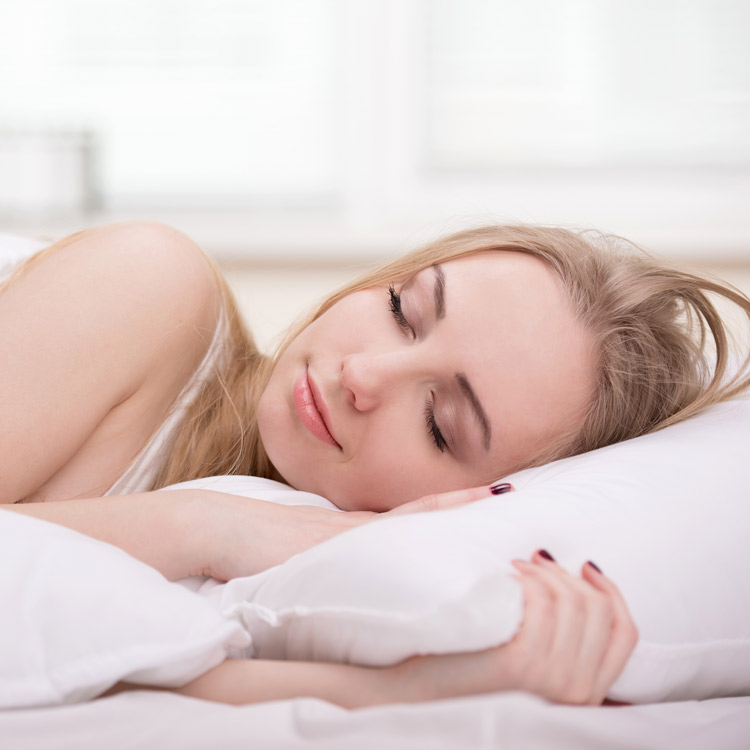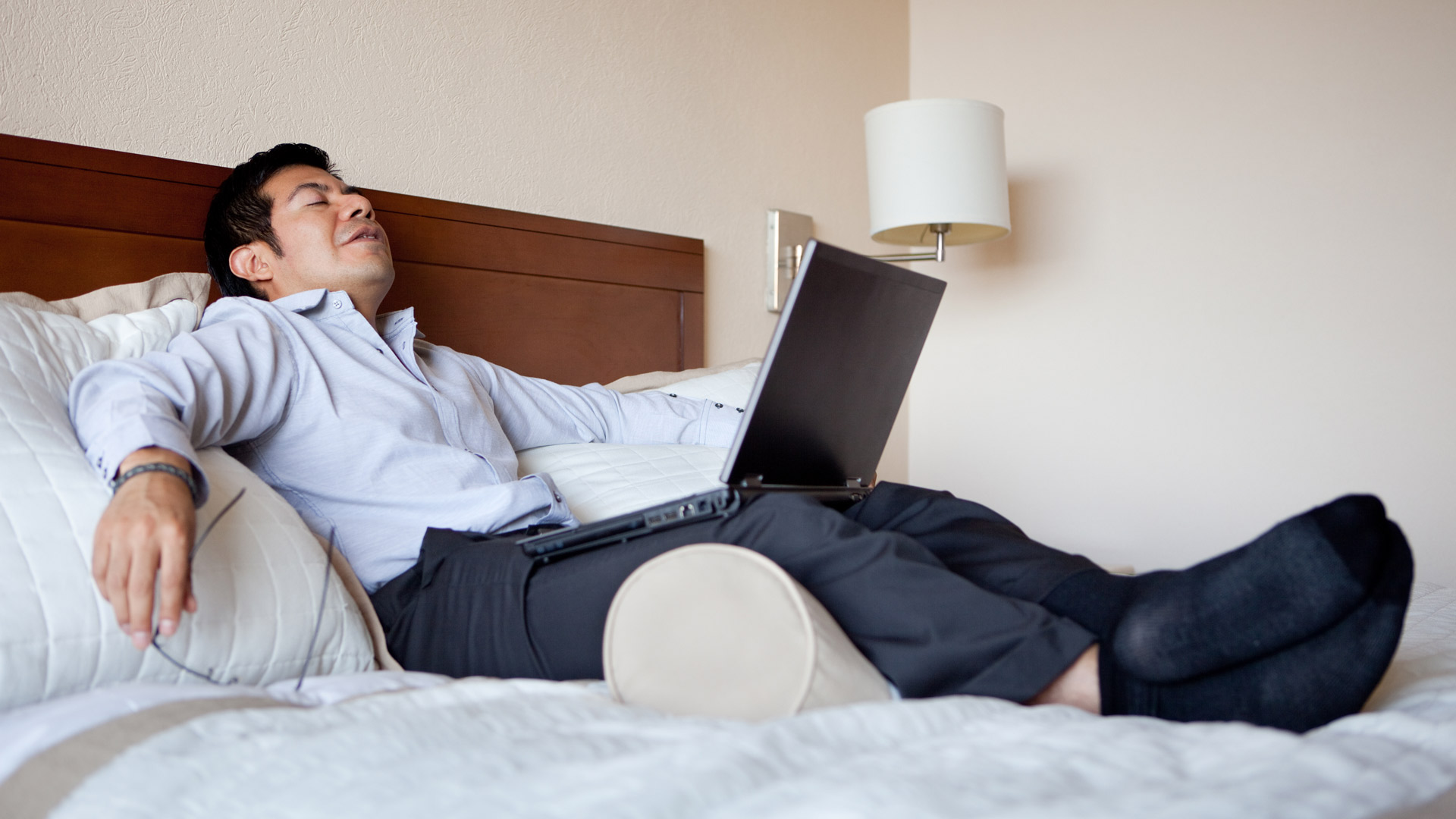About Pain and Sleep
Millions of people across the country struggle to sleep or achieve quality sleep. In fact, most adults will experience some type of sleep struggle at one point or another. While for some, this will go away on its own, for others, it requires treatment.
Pain and sleep disorders are intimately connected. In many cases, underlying pain results in sleep problems. Breathing disorders can also disrupt sleep, or make going to sleep dangerous. No matter is you are battling pain, sleep-based breathing disorders, or a mixture of the two, TMJ and Sleep Therapy Centre of The Gorge can help.
Treatment Information &Services
Treatment Information and Services
Assistance with craniofacial pain (head pain, facial pain, neck pain, primary headaches and TMJ pain) & sleep breathing disorders (snoring and sleep apnea)
Here at the TMJ and Sleep Therapy Centre of The Gorge, our team treats both the troubling symptoms related to sleep disorders and craniofacial pain and their underlying causes. Led by international lecturer, researcher, educator, and practitioner Dr. Steven Olmos, we embrace technological advances to offer a comprehensive evaluation and properly diagnose the root cause for each patient. This allows us to craft unique treatment plans that are maximally effective.
Through this approach, we are able to treat pain relief, fatigue, snoring, sleep breathing deficiencies, neck pain, bed wetting, and even ADHD-like symptoms. Our plans can include retraining and realigning the joints and bones and using FDA-approved devices for adults. For children, we use orthopedic orthodontics. We want to see all of our patients sleep easier, breathe better, and live wonderful lives.
Services for Adults
Include but are not limited to:
- Comprehensive Evaluation for Primary and Secondary Diagnoses
- Hard and soft tissue evaluation
- Range of motion evaluation
- Skeletal structure evaluation
- Oral airway evaluation
- Muscle, tendon, ligament palpations
- Directed Imaging / radiographs
- Neurological testing
- Volumetric analysis of airway
Patient specific treatment plans for rehabilitation of craniofacial pain (TMJ, head, face and neck pain) utilizing:
- Orthopedic appliance therapy
- Nutritional counseling
- Physical medicine / laser therapy
Services for Children
Include but are not limited to:
- Comprehensive Evaluation for Primary and Secondary Diagnoses
- Hard and soft tissue evaluation
- Range of motion evaluation
- Skeletal structure evaluation
- Oral airway evaluation
- Muscle, tendon, ligament palpations
- Directed Imaging / radiographs
- Neurological testing
- Volumetric analysis of airway
Patient specific treatment plans of skeletal development for proper function, pain relief and proper breathing (treating pediatric OSA) utilizing:
- Orthopedic orthodontics
- Nutritional counseling
- Physical medicine
SLEEP-RELATED BREATHING DISORDER
Sleep-Related Breathing Disorders
Sleep-related breathing disorders have far-reaching consequences that extend well beyond having difficulty sleeping. Yet something that makes them interesting is how few people with these disorders realize they have them. So many of our patients come to us thinking they are just snoring, or because they feel tired but cannot pinpoint why.
One of the most common sleep-related breathing disorders is obstructive sleep apnea (OSA). It is caused by an obstruction of the airway that occurs during sleep, preventing air from reaching the lungs. While thought of as an adult condition, anyone of any age can develop it—even infants. It has even been found to cause ADHD-like symptoms in children, resulting in misdiagnosis. While the soft palate is usually the cause in adults, for children, small structural features of the maxilla/nose, mouth, and throat are often at the root of the problem.
OSA cannot be diagnosed or treated at home. This is a potentially life-threatening condition and must be evaluated and treated by experts. At present, the primary method for diagnosing OSA is to have the patient undergo a sleep study, known as Polysomnography (PSG) or Home Sleep Test (HST). We are happy to assist our patients in coordination of any necessary sleep testing.
Sleep Services
TMJ and Sleep Therapy Centre of The Gorge treats sleep-related breathing disorders through a dentistry specialty called dental sleep medicine. This is management of medically diagnosed sleep-related breathing disorders using oral appliances or orthopedic orthodontics, depending on the age of the patient. The doctors of TMJ & Sleep Therapy Centre of The Gorge are specifically trained and experienced in dental sleep medicine.
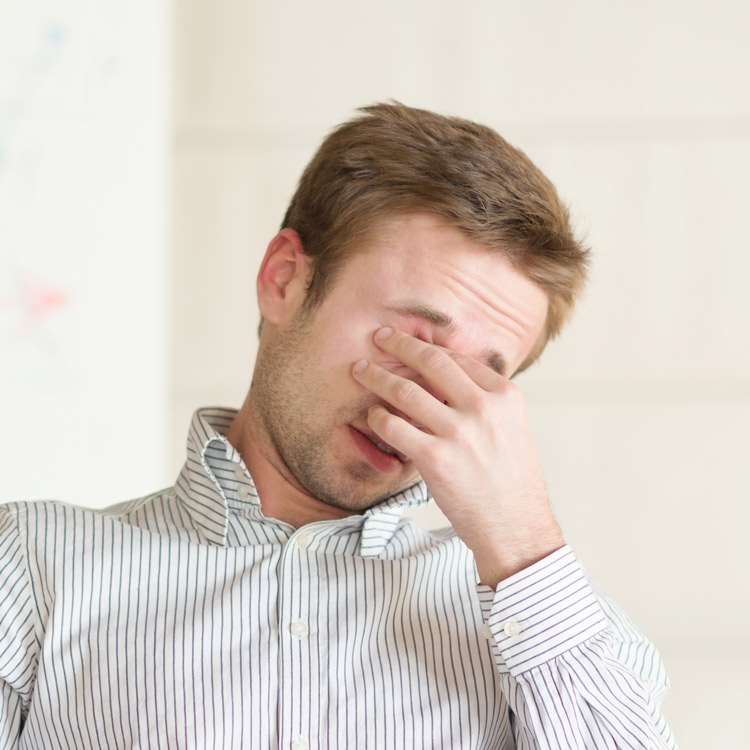
Adults
Once an adult patient has been diagnosed with a sleep-related breathing disorder, we will work with them to craft a comprehensive treatment plan that both addresses the underlying condition and manages their symptoms. This plan can include behavior and lifestyle alterations, oral appliance therapy, and CPAP machines. In extreme cases, surgery might also be suggested. We can choose from over 100 different appliances that are FDA approved for OSA treatment, giving us plenty of options to find the one that is right for you.
The doctors at TMJ and Sleep Therapy Centre of The Gorge are experienced providers of oral appliance therapy. We utilize highly sensitive equipment to measure the airway, predict how it will improve, and then generate customized appliance designs. We also offer ongoing care and monitoring to ensure your success over the long term.
The most common OSA symptoms in adults are daytime sleepiness, restless sleep, and loud snoring, especially if it includes periods of silence followed by loud gasps.
Additional symptoms of sleep apnea include:
- Morning headaches
- Insomnia
- Trouble concentrating
- Mood changes such as irritability, anxiety and depression
- Forgetfulness
- Increased heart rate and/or blood pressure
- Decreased sex drive
- Unexplained weight gain
- Changes in urination
- Frequent heartburn and heavy night sweats
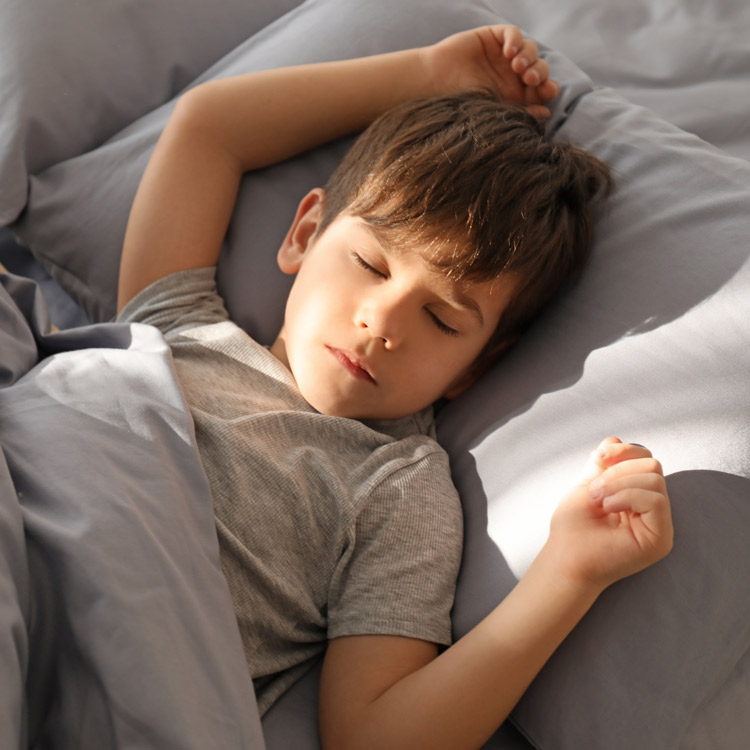
Children
Adult OSA therapies are not safe for use in children. This is due to their ability to arrest skeletal development in growing bodies. Luckily, there are alternatives that can help children, even altering the way their bodies grow to eliminate OSA completely.
When we treat pediatric patients at the TMJ and Sleep Therapy Centre of The Gorge, an increase in airway volume will always be the goal. We start by evaluating the airway and identifying the specific obstructions. These can occur anywhere in the airway, not just the mouth and nose. Procedures we can use to correct these in pediatric patients include upper and lower jaw expansion, jaw relationship changes, myofunctional tongue and lip exercises, and lifestyle changes.
Pediatric OSA is a prevalent condition that is unfortunately underdiagnosed. Every child should be screened for presence of OSA.
Sleep disorders in children prevent them from getting the oxygen their bodies require, essentially suffocating them as they sleep. This can manifest in a wide variety of issues, from bed wetting to attention and behavioral struggles. Symptoms can include:
- Snoring
- Mouth breathing
- Restlessness during sleep
- Sleeping in odd positions
- Periods of not breathing
- Teeth grinding
- Night terrors
- Mood changes
- Poor concentration
- Bed wetting
- Headaches
- Frequent infections
CRANIOFACIAL PAIN (TMD/TMJ)
Craniofacial Pain (TMD/TMJ)
Head and Face Pain / Facial Neuralgia TMJ Pain / Orthopedic Dysfunction/ Primary Headaches /Migraines
Musculoskeletal Pain
At TMJ & Sleep Therapy Centre of The Gorge, we understand that craniofacial pain is always complex and the origins and symptoms unique to each patient. Patients might experience TMJ (Temporomandibular Joint) pain and dysfunctions (TMD) or primary headaches (known as migraines, tension and cluster) while others may have facial neuralgias, musculoskeletal pain or a combination of all. Causes of these pains can include macro traumas—car accidents, sports injuries, etc.—or micro traumas—like tooth clenching and grinding.
In the absence of a macro trauma, we find that the primary condition is usually related to an unidentified sleep-related breathing disorder, such as obstructive sleep apnea. While few realize this, nighttime teeth grinding and clenching is often the body’s way of preventing suffocation. Over extended periods of time, this wears down the skeletal structure and the joints resulting in TMJ pain, headaches, musculoskeletal pain, TMJ dysfunctions, and facial neuralgias.
Craniofacial Pain Services
Proper diagnosis and treatment of the underlying condition, not the symptoms alone, is critical to getting long-term results from treatment. Once a proper diagnosis has been made, a non-surgical rehabilitation plan will be developed, tailored to the needs of the patient.

Adults
Facial pain, including headaches and jaw problems, are often a secondary condition caused by a larger problem impacting the body, similar to how a fever is not an illness on its own, but a symptom of a bacteria or virus.
Craniofacial pain services for adults may include any of the following:
- Comprehensive diagnostics
- Non-surgical treatment plan for rehabilitation
- Decompression appliance therapy (short term wear of custom orthopedic oral orthotics – not splints)
- Nutritional counseling
- Medication and supplement regimens
- Physical medicine treatment (Laser therapy, trigger points, prolo therapy, phonophoresis)
- Multi-discipline Referral Coordination
A proper diagnosis and treatment with an emphasis on origin rather than symptoms alone is critical.
Symptoms of Adult Craniofacial Pain
- Headaches – recurring or chronic
- Earache or ear symptoms of stuffiness or ringing
- Neck Pain or Stiffness
- Facial Pain
- Jaw joint sounds – clicking, popping or grating
- Limited ability to open or close mouth
- Jaw locking (opened or closed)
- Sensitive, loose or worn down teeth
- Pain or soreness in the TM joints
- Dizziness or Pain or difficulty chewing or swallowing
- Pain behind the eyes
- Extreme sensitivity to light
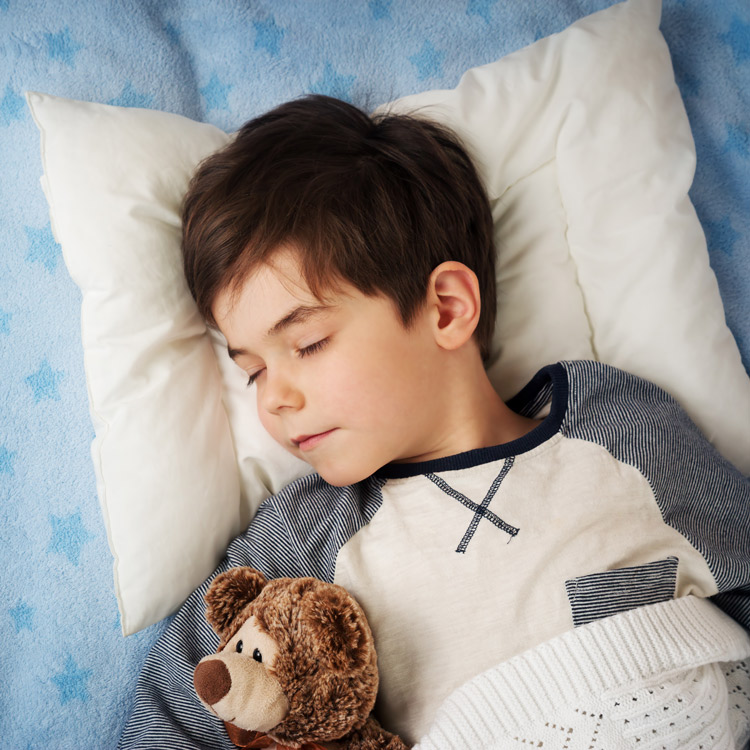
Children
Children are excellent candidates for treating craniofacial pain because their body still has a lot of growing to do. This increases our chances of being able to fully address the problems without resorting to surgery.
Craniofacial pain services for children may include any of the following:
- Comprehensive diagnostics
- Non-surgical treatment plan for rehabilitation
- Orthopedic orthodontic development
- Nutritional counseling
- Supplement regimens
- Physical medicine treatment (Laser therapy, phonophoresis)
- Multi-discipline Referral Coordination
While it is not thought of as a childhood condition, many children suffer from craniofacial pain.
Symptoms of Pediatric Craniofacial Pain
- Headaches – recurring or chronic
- Earache or ear symptoms of stuffiness or ringing
- Neck Pain or Stiffness
- Facial Pain
- Jaw joint sounds – clicking, popping or grating
- Limited ability to open or close mouth
- Jaw locking (opened or closed)
- Sensitive, loose or worn down teeth
- Pain or soreness in the TM joints
- Dizziness or Pain or difficulty chewing or swallowing
- Extreme sensitivity to light
- ADHD
- Bed wetting
PEDIATRIC OSA
Pediatric OSA
Orthodontics / Orthopedics For Treatment of OSA
At TMJ and Sleep Therapy Centre of The Gorge, we focus on early diagnosis, prevention, and treatment of OSA for children. In many cases, crooked teeth are not just an aesthetic concern, but a symptom of a more serious condition that results in dysfunctional breathing and improper tongue posture. Pediatric obstructive sleep apnea is a common disease that is sadly underdiagnosed. The American Academy of Pediatrics suggests all children be screened for the condition.
OSA is a medical condition that can only be diagnosed by a doctor. However, it can be treated by a dentist who has advanced understanding of and training on this life-threatening breathing disorder. Working with a Sleep Physician, ENT, and others is necessary in treating OSA. It is important that adult therapies are not used as these can arrest skeletal development.
Symptoms of Childhood OSA:
- Snoring
- Mouth breathing
- Restlessness during sleep
- Sleeping in odd positions
- Periods of not breathing
- Night terrors
- Mood changes
- Poor concentration
- Bed Wetting
- Headaches
- Frequent infections
Orthodontics for Airway Development
When helping pediatric patients, the goal is to increase their airway volume—something that is much harder to do, or even impossible, once a patient stops growing. Obstructions can present in any part of the airway, not just the mouth and nose. Common procedures in airway development involve upper and lower jaw expansion and relationship changes, myofunctional tongue and lip exercises, and lifestyle changes.


